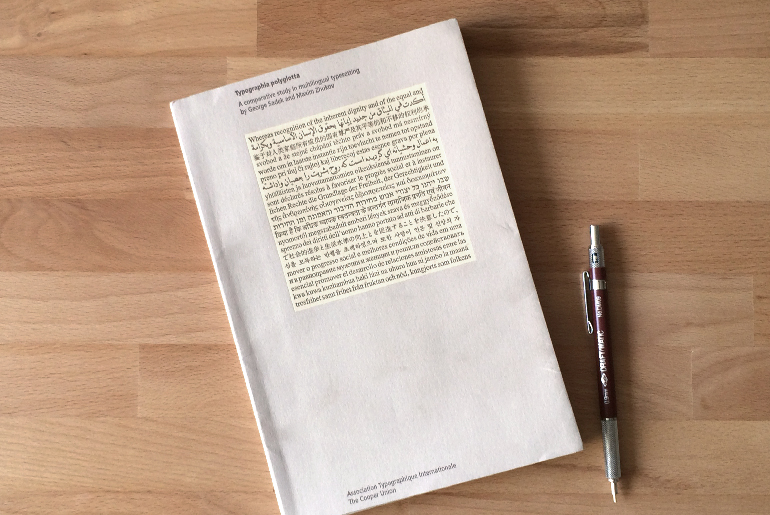As I mentioned in an earlier post, according to one of the books I read on Arabic type, I have to design the letters (ع ا س) to figure out the letter forms and the measurements such as ascenders, descenders, loop height, and loop height. The image above is a hand drawn letters, they are still not done digitally using any software. I am still figuring out the letterforms and the measurements, but I think I like what I've done so far. Before moving to design more letter forms, I am going to try softening the angles and make them more rounded.
In addition, as I develop this research further, I am going to include more Arabic terms and explanations. This is because I found out that because most of the books on related subjects are written in English, which is creating another layer of challenge for anyone whom native language is not English. I am getting those Arabic terms from the book I've read so far.
If you are reading this, I'd very much like to get your feedback on what I've reached so far. Thank you!





